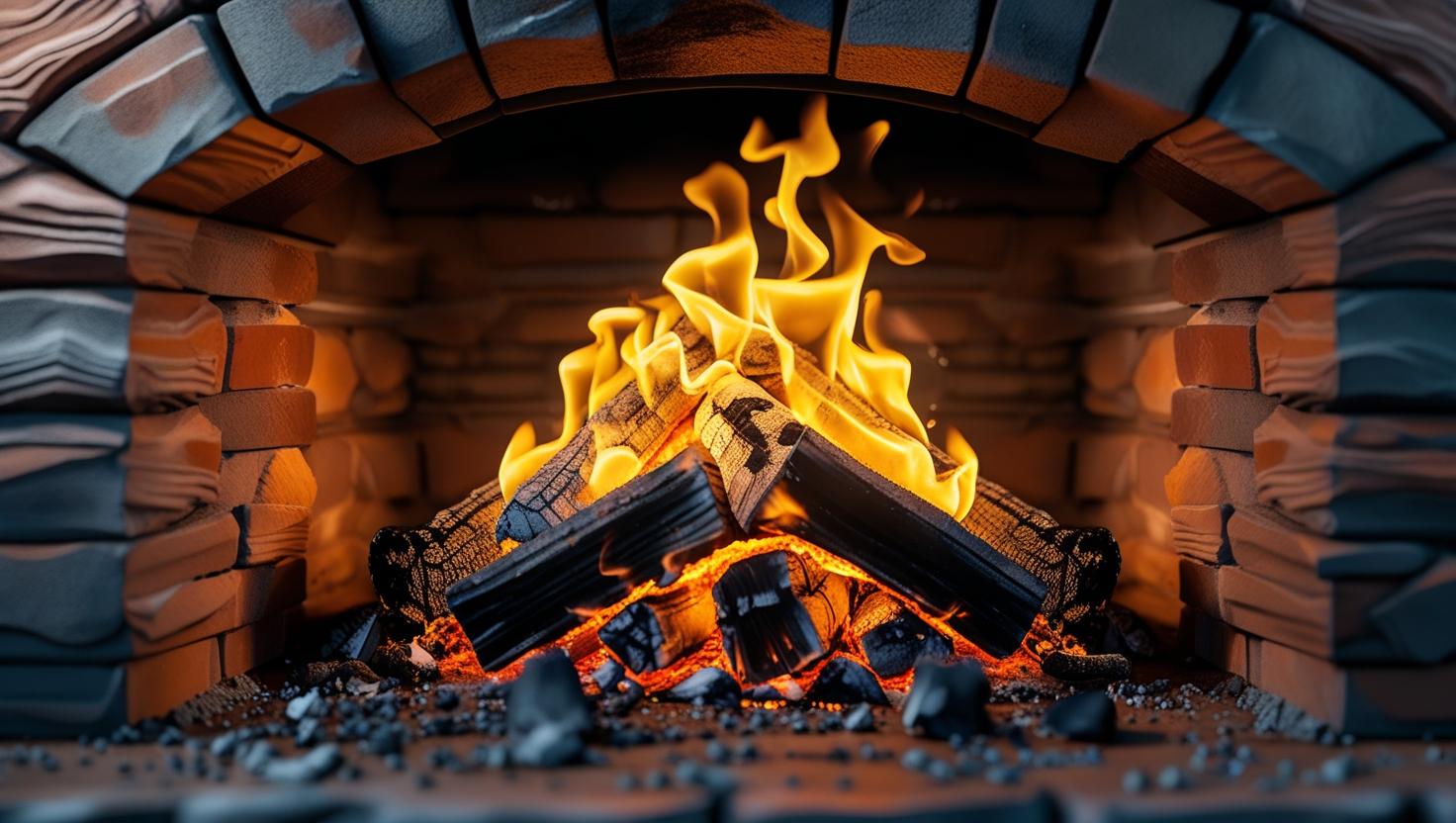The global Hearth Market Trends is experiencing a notable transformation, fueled by changing consumer preferences, technological innovations, and increasing environmental consciousness. Traditionally known for providing warmth and ambiance, today’s hearth products are evolving into multifunctional, design-centric, and energy-efficient solutions that align with modern lifestyles.
Rising Demand for Energy-Efficient and Eco-Friendly Heating
One of the most significant trends in the hearth market is the shift toward energy-efficient and environmentally responsible heating appliances. As governments impose stricter emissions regulations and consumers become more eco-conscious, demand is rising for clean-burning hearth products such as pellet stoves, gas fireplace inserts, and EPA-certified wood stoves.
Manufacturers are investing in advanced combustion technologies that reduce emissions while maintaining high heat output. These innovations not only appeal to environmentally aware homeowners but also comply with modern building codes, especially in North America and Europe.
Smart Hearth Systems Enter the Connected Home
The integration of smart technology into the hearth market is reshaping user expectations. Smart fireplaces and stoves now offer features like remote control via mobile apps, voice assistant compatibility (with Alexa or Google Assistant), and programmable heating schedules.
Consumers appreciate the convenience of adjusting flame intensity, temperature, or lighting effects from their smartphones or tablets. These features enhance comfort and control, aligning hearth products with broader home automation trends.
Download PDF Brochure @ https://www.marketsandmarkets.com/pdfdownloadNew.asp?id=37538589

Expanding Use of Electric Fireplaces in Urban Areas
Electric fireplaces are gaining popularity, particularly in urban residential settings and multifamily housing. With no need for venting, fuel storage, or chimney infrastructure, electric units offer installation flexibility and lower maintenance requirements.
They are also favored for their realistic flame effects, adjustable heating levels, and safety—making them ideal for apartments, condos, and modern homes that prioritize design without sacrificing performance.
Outdoor Hearth Products See Strong Growth
The outdoor living trend continues to drive demand for patio heaters, fire pits, and outdoor fireplaces. Homeowners increasingly view their patios and backyards as extensions of their indoor living space, creating opportunities for high-end, weather-resistant hearth products that provide warmth and ambiance year-round.
Luxury homes, hotels, and restaurants are embracing outdoor hearth features as functional design elements that enhance both aesthetics and guest experience.
Customization and Aesthetic Appeal
Today’s buyers want hearth products that match their personal style and interior decor. As a result, there is a growing market for customizable fireplace surrounds, sleek linear gas fireplaces, and modern materials such as glass, steel, and stone.
Architects and designers are working closely with hearth manufacturers to integrate fireplaces into contemporary open floor plans, transforming them into stunning focal points rather than simple heating units.
E-Commerce and Digital Showrooms
With the rise of online retail, the hearth industry is adapting to digital sales and virtual showrooms. Consumers are increasingly researching and purchasing hearth products online, aided by augmented reality (AR) tools, 3D product views, and video demonstrations.
Brands that offer seamless online experiences—along with strong post-sale support—are gaining a competitive edge in the evolving retail landscape.
Regional Market Dynamics
-
North America remains the largest Hearth Market Trends, driven by cold climates, strong consumer demand for home upgrades, and a mix of traditional and modern design preferences.
-
Europe sees growth in both eco-friendly pellet stoves and stylish wall-mounted electric fireplaces, supported by green energy initiatives.
-
Asia-Pacific is emerging as a growing Hearth Market Trends, especially in urban areas where compact, electric models meet space-saving and low-maintenance needs.
The Future: Innovation Meets Sustainability
As we look ahead, the hearth market is expected to keep evolving with a strong focus on sustainability, connectivity, and personalization. Innovation in fuel efficiency, integration with smart home ecosystems, and advancements in design will shape the next generation of hearth products.
Manufacturers that prioritize user experience, environmental responsibility, and digital convenience are well-positioned to lead in this dynamic market.
Frequently Asked Questions (FAQ) – Hearth Market Trends
Q1: What is driving growth in the global hearth market?
The Hearth Market Trends is growing due to rising demand for energy-efficient heating solutions, advancements in smart technology, increased outdoor living trends, and consumer interest in customizable and aesthetically appealing fireplaces and stoves.
Q2: What types of hearth products are trending in 2025?
Some of the most in-demand hearth products include:
-
Electric fireplaces for urban and indoor use
-
Gas fireplace inserts for clean and efficient heating
-
Outdoor fire pits and patio heaters
-
Pellet stoves for eco-friendly heating
-
Smart hearth systems with app and voice control
Q3: Are electric fireplaces more popular now than traditional wood-burning units?
Yes, electric fireplaces are gaining popularity, especially in urban settings, due to their ease of installation, safety, low maintenance, and compatibility with smart home systems. However, traditional wood-burning fireplaces still have strong demand in rural and colder regions.
Q4: How are smart technologies being used in hearth systems?
Modern hearth products feature remote controls, Wi-Fi connectivity, mobile apps, and voice assistant integration. Users can control temperature, flame intensity, and even lighting effects through smart devices, enhancing both functionality and user experience.
Q5: Are hearth products environmentally friendly?
Yes, many new hearth systems are designed with sustainability in mind. Pellet stoves, EPA-certified wood stoves, and clean-burning gas inserts are more efficient and emit fewer pollutants than older models. Electric fireplaces are also considered eco-friendly when powered by renewable energy sources.
